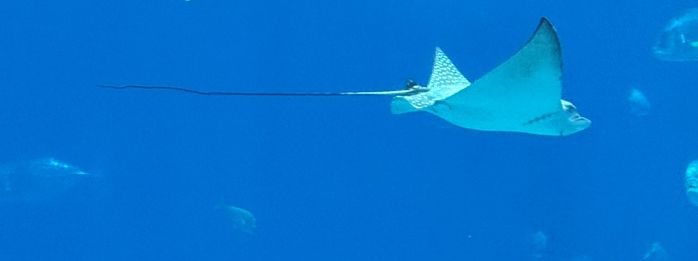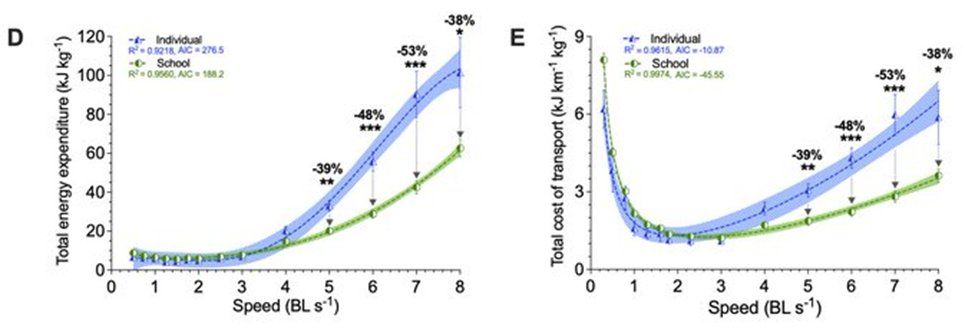George Lauder
@georgelauder.bsky.social
1.1K followers
390 following
290 posts
Prof. at Harvard University: research on fish biorobotics, biomimetics, biomechanics, morphology, shark locomotion and skin function, and fish schooling
people.fas.harvard.edu/~glauder/
and
https://scholar.google.com/citations?user=s-FMUNgAAAAJ&hl=e
Posts
Media
Videos
Starter Packs
Reposted by George Lauder
George Lauder
@georgelauder.bsky.social
· Jan 22
George Lauder
@georgelauder.bsky.social
· Dec 15









